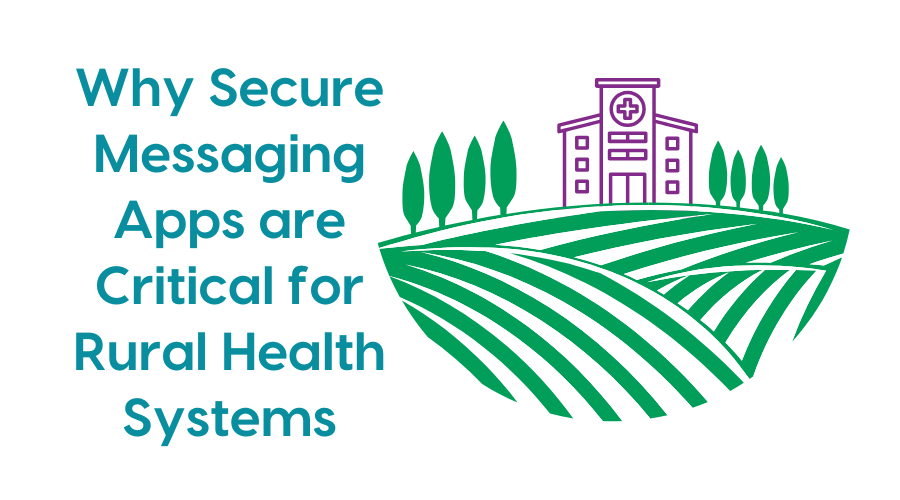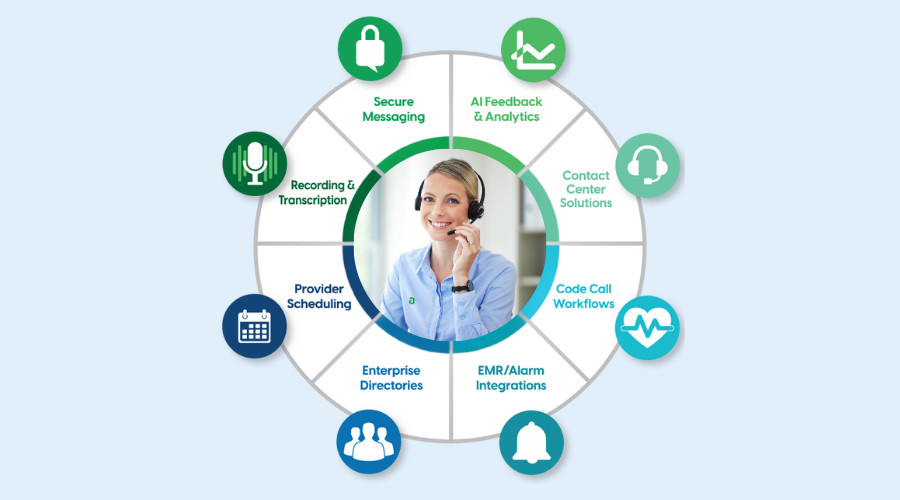It is important for healthcare leaders to know that their contact centers can help improve patient and employee satisfaction, reduce costs, and even provide critical communication tools within the hospital setting.
A Quality Contact Center Helps Retain Patients
An organization’s contact center serves as the communication hub for the entire enterprise. The operators perform a number of important and diverse tasks including answering the main switchboard, communicating with patients and their family members, handling emergencies and disaster response, contacting on-call medical staff, and much more.
One of the most significant functions of a hospital call center is serving as a virtual lobby. Oftentimes, speaking with an agent is the first contact a patient has with the organization and their impression needs to be positive. Patients have options and can always find another provider if their experience is lacking in some way.
The patient’s experience with call center agents plays a critical role in their overall satisfaction with care access and the health services they receive. When patients are asked to provide information about their health care experience via the Hospital Consumer Assessment of Healthcare Providers and Systems (HCAHPS) survey, they may be influenced by their interactions with hospital contact center agents. Any unfavorable experiences could lead to unacceptable survey results and lead to an organization losing some reimbursements.

Addressing Physician Pain Points
One of the biggest pain points for physicians and clinicians is trying to provide excellent patient care while dealing with staff shortages. There simply isn’t enough administrative staff to efficiently operate. Another challenge in healthcare is ensuring fast, accurate, communication. Contact center operators and the software they use can help address both of these important issues.
Hospital call center agents are increasingly supporting medical staff by relieving some of their administrative burdens. Operators are able to assist patients during intake with insurance, registration, and other services over the phone or via video using a tablet. Shelley White, Director of Patient Access Services for State University of New York (SUNY) Upstate Medical University explains how her team is assisting hospital staff, “During this coronavirus crisis, our ER registration is sometimes short-staffed, but we are able to help by watching our track board, which is tied into the EMR system with Epic. When a COVID-19 patient is admitted, we can call the patient to register them and verify insurance information over the phone. This process would normally be done in-person by ER staff, but we can do it remotely and ease some of their workloads.”
Communication can be improved within the hospital or clinical setting by leveraging the integration engine software used by contact centers to connect disparate healthcare software to interface with alarms, nurse-on-call, automated alerts, critical lab results, and more to work together and add functionality to improve workflows and patient care.
Alicia Wise, Former IS Project Coordinator for AnMed Health in Anderson, SC explains how they used their call center integration engine software to automate their nuclear medicine program and procedures, “When a test is ordered for a patient, the night before we’re able to automatically email or fax that information to the vendor that provides us with our isotopes and different things needed for that procedure for the next morning. Having that information relayed automatically helps to speed up the process for the patient and save the cost of having things put on hold or standby because the communication didn’t happen.”

Virtual Consolidation Results in Real-Life Cost Savings
Large healthcare systems with multiple locations, buildings, and contact centers can run on a single virtual server located anywhere in the country. Everything can function together seamlessly even if they all use different PBX telephone systems.
This enables hospital contact centers to be agile during weather events, crisis situations, and other calamities such as the current pandemic. Call center leaders can also grow their staff and provide more services without adding additional server hardware.
Virtual servers provide cost savings to an organization because less physical equipment needs to be maintained. This is crucially important considering organizations are faced with budget crises.
Other benefits of running call centers virtually include:
- Ability to re-route calls to another center during peak times, staff shortages, or in the event of an emergency.
- Offering flexible work schedule to operators since 24/7 coverage can be achieved by using agents located in different time zones.
- Supervisors have a larger pool of staff to use as fill-in operators if an agent is sick and can potentially tap into labor markets such as retired staff or students.
Keeping Staff Safe While Working from Home
When the pandemic was declared in March 2020, The University of Texas MD Anderson Cancer Center required non-direct patient care personnel to work remotely. This included the operators for the askMDA line. “Before April 2020, our operators had never worked remotely,” says Ninette Thomas, askMDA Operator Manager. “We began to look at the resources we already had to develop a hybrid remote call center and realized we were not harnessing the full capability of the technology available to us.”
Web-based communication is fast, secure, improves communication times, adds efficiencies through remote access, and reduces the number of potential errors caused by miscommunication and absences. Ninette comments, “What was surprising to me was that I anticipated having a problem with performance when my operators went home, but what I found was that our productivity actually went up!”
Any personal computer can be transformed into a professional agent workstation. All of the tools used by an operator in a contact center are accessible to the virtual agent. “All we need is a power source to work. We can literally work from anywhere,” states Ninette.
Michael Wolf, Principal Applications System Analyst and Technical and Support Lead for the IT team that supports the operators adds, “Now that the operators have the ability to work remotely, the IT department has experienced benefits such as decreased overhead to maintain the equipment or perform quarterly tests – reducing our support time.”
Contact centers are using technology and well-trained teams to assist patients and medical staff in meaningful ways to play an even bigger role in improving a patient’s journey. Healthcare leaders can help their organizations do more with less by ensuring their organization is leveraging the capabilities of their call center staff and software.





